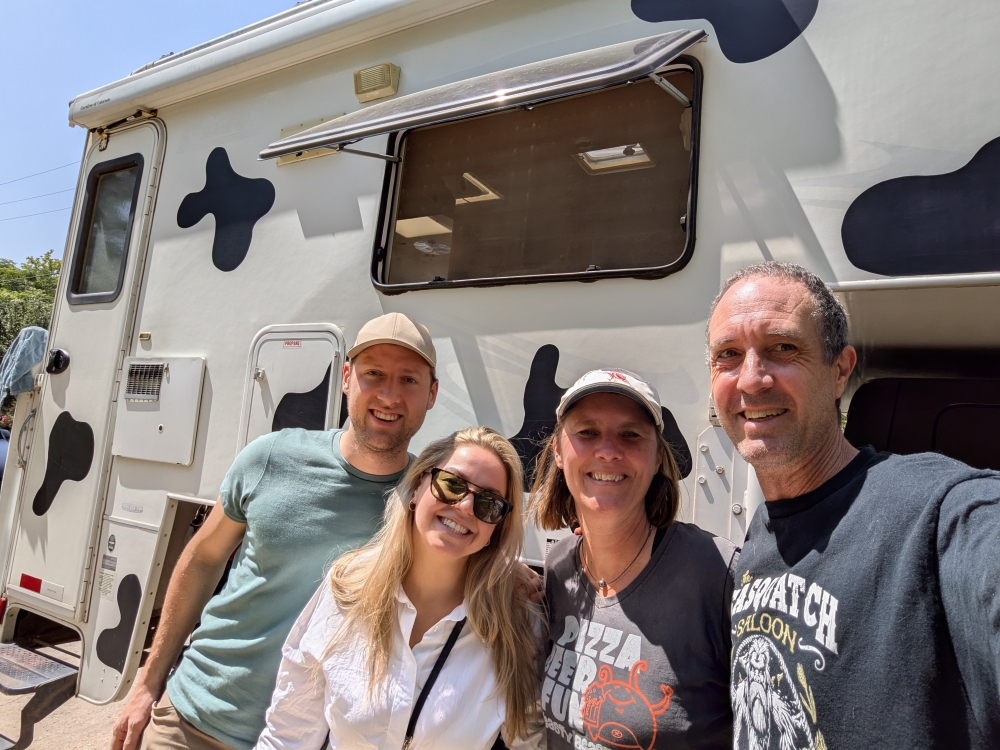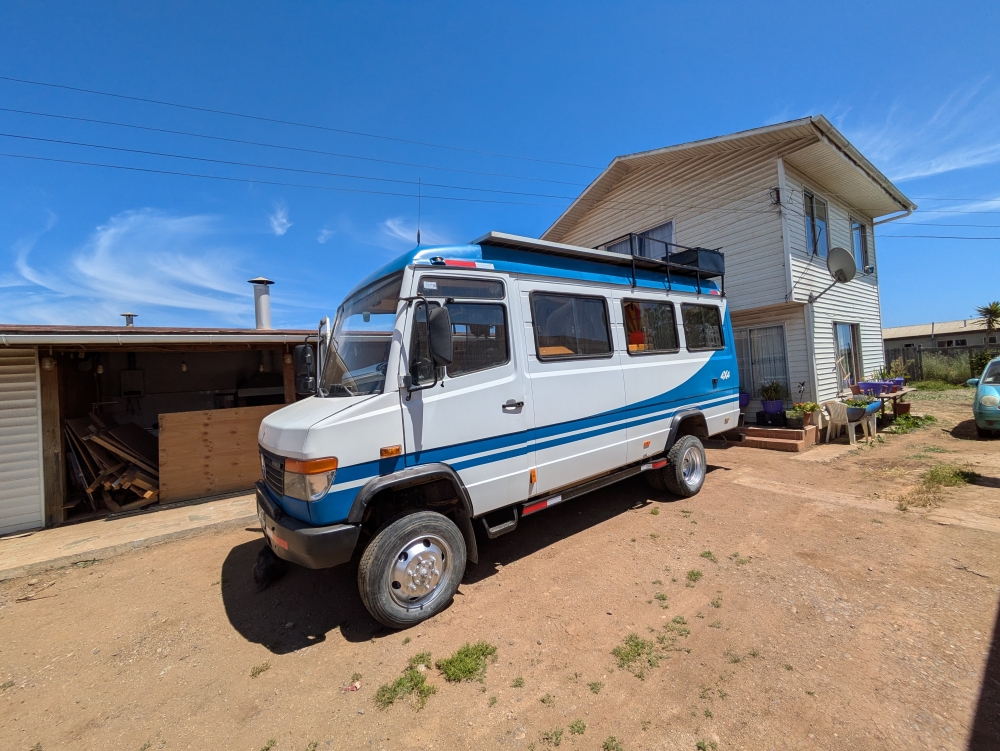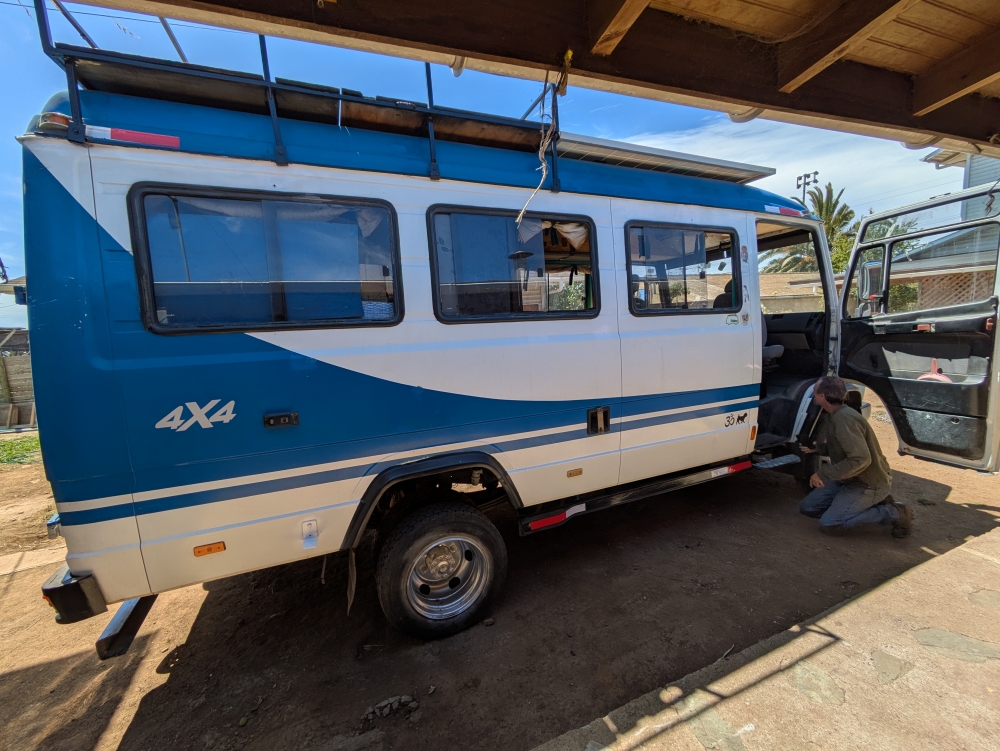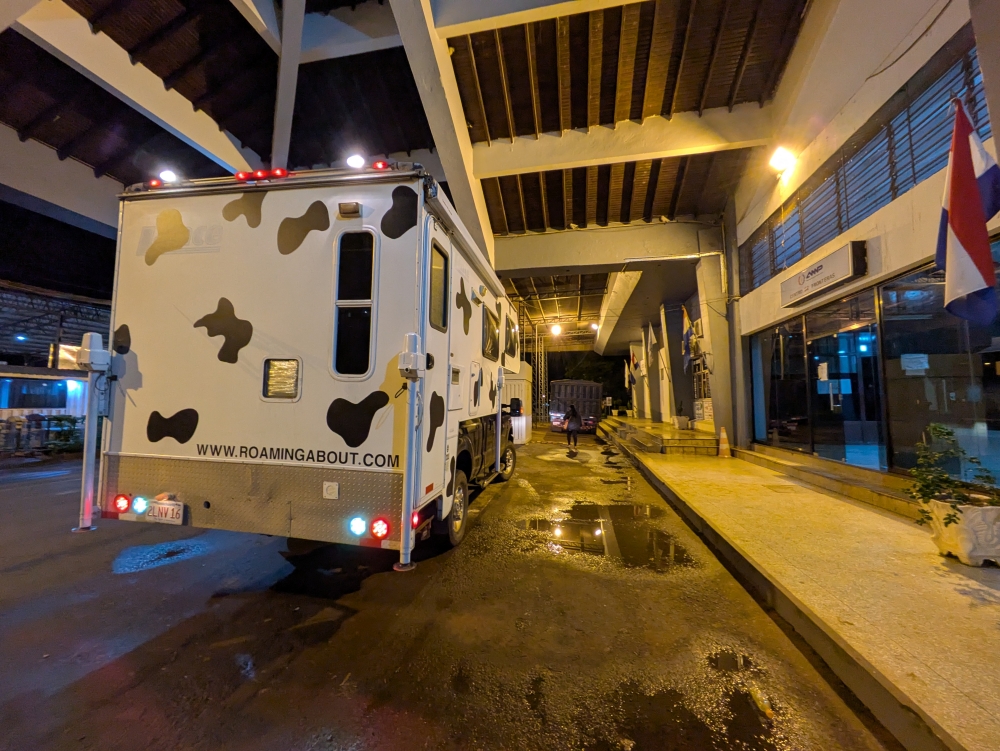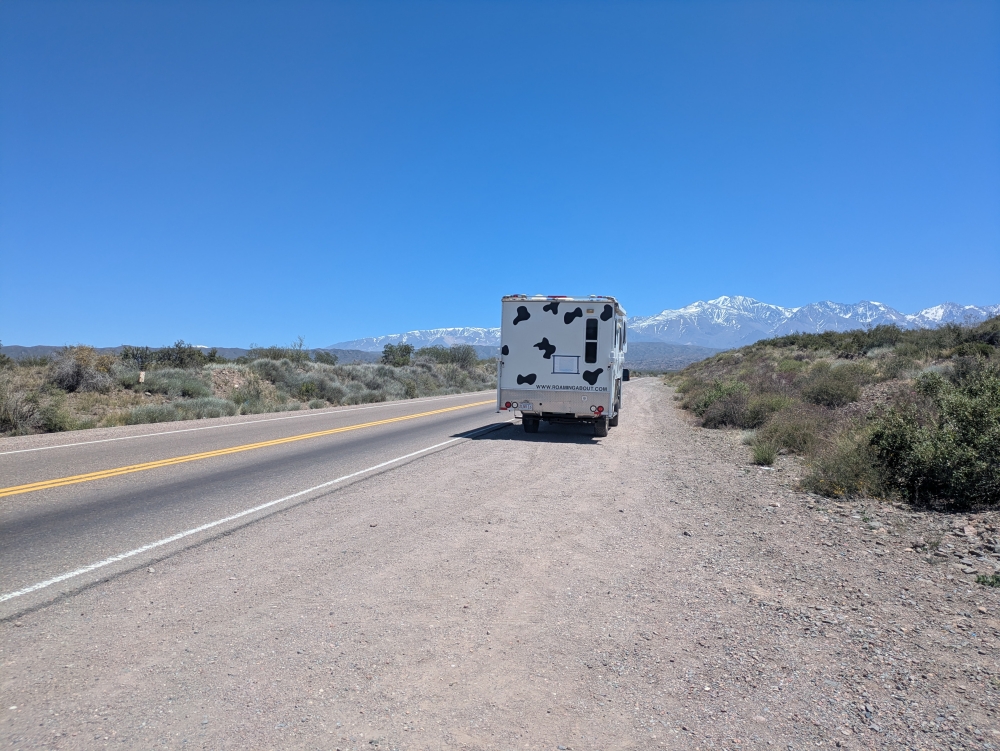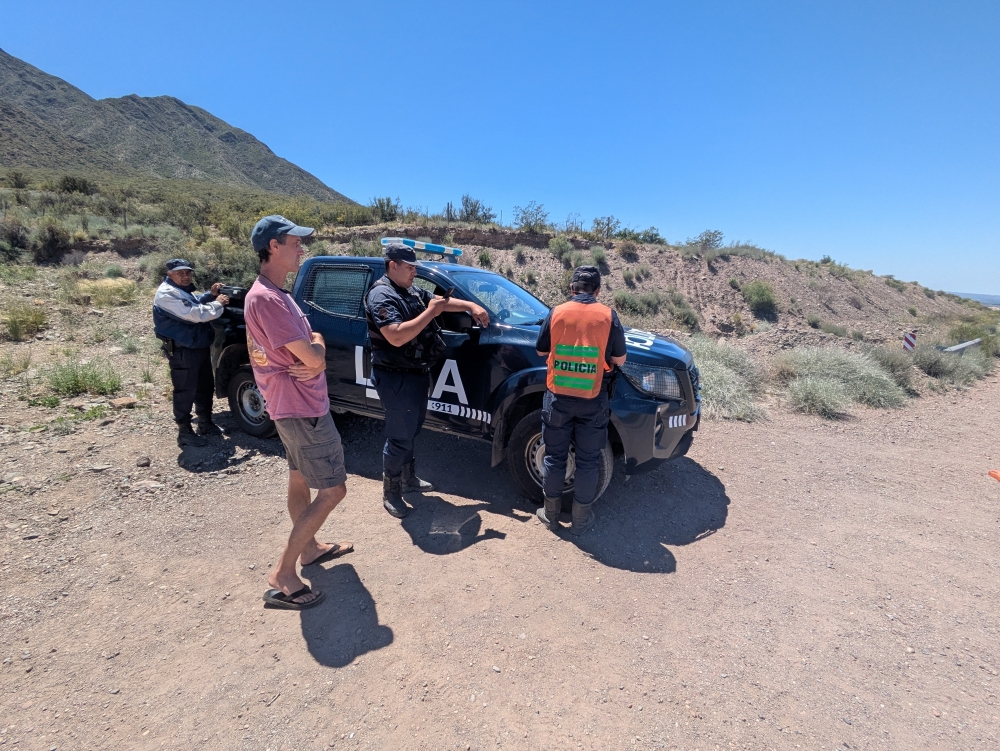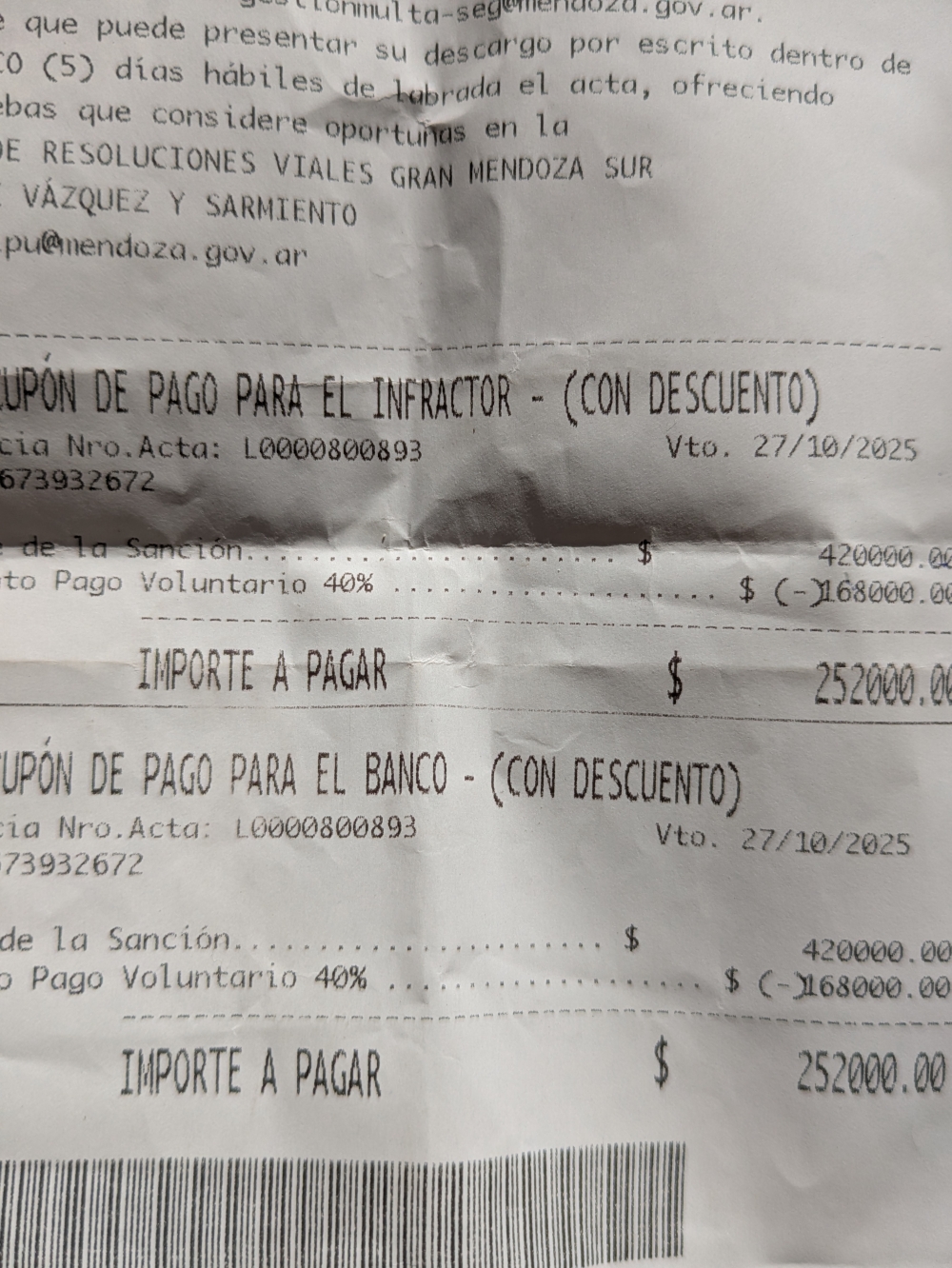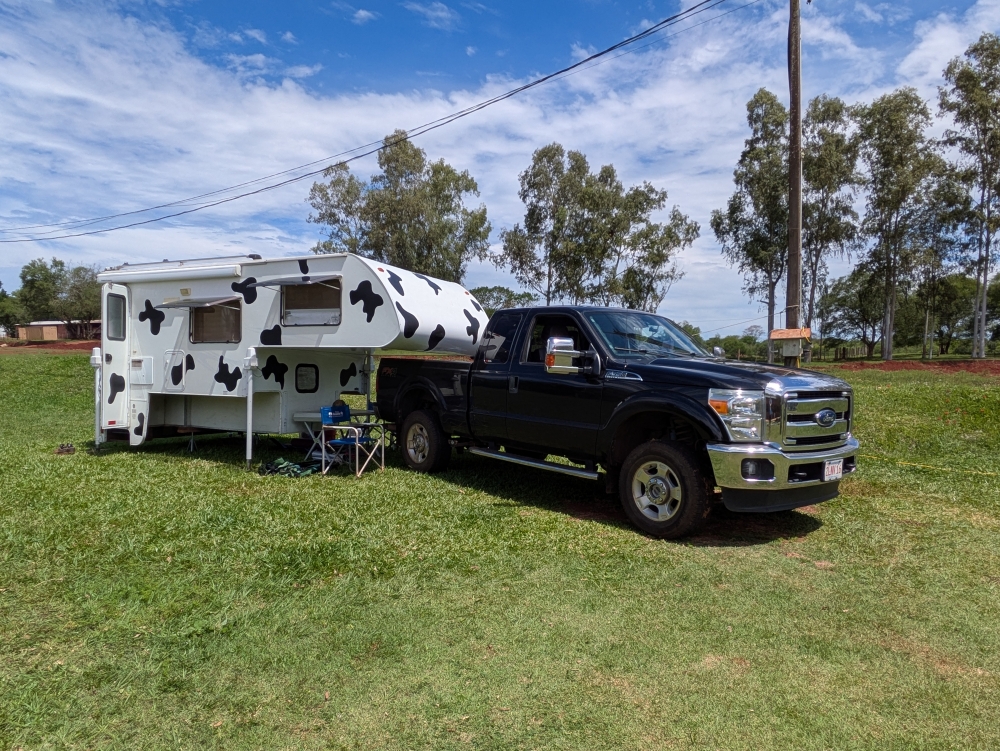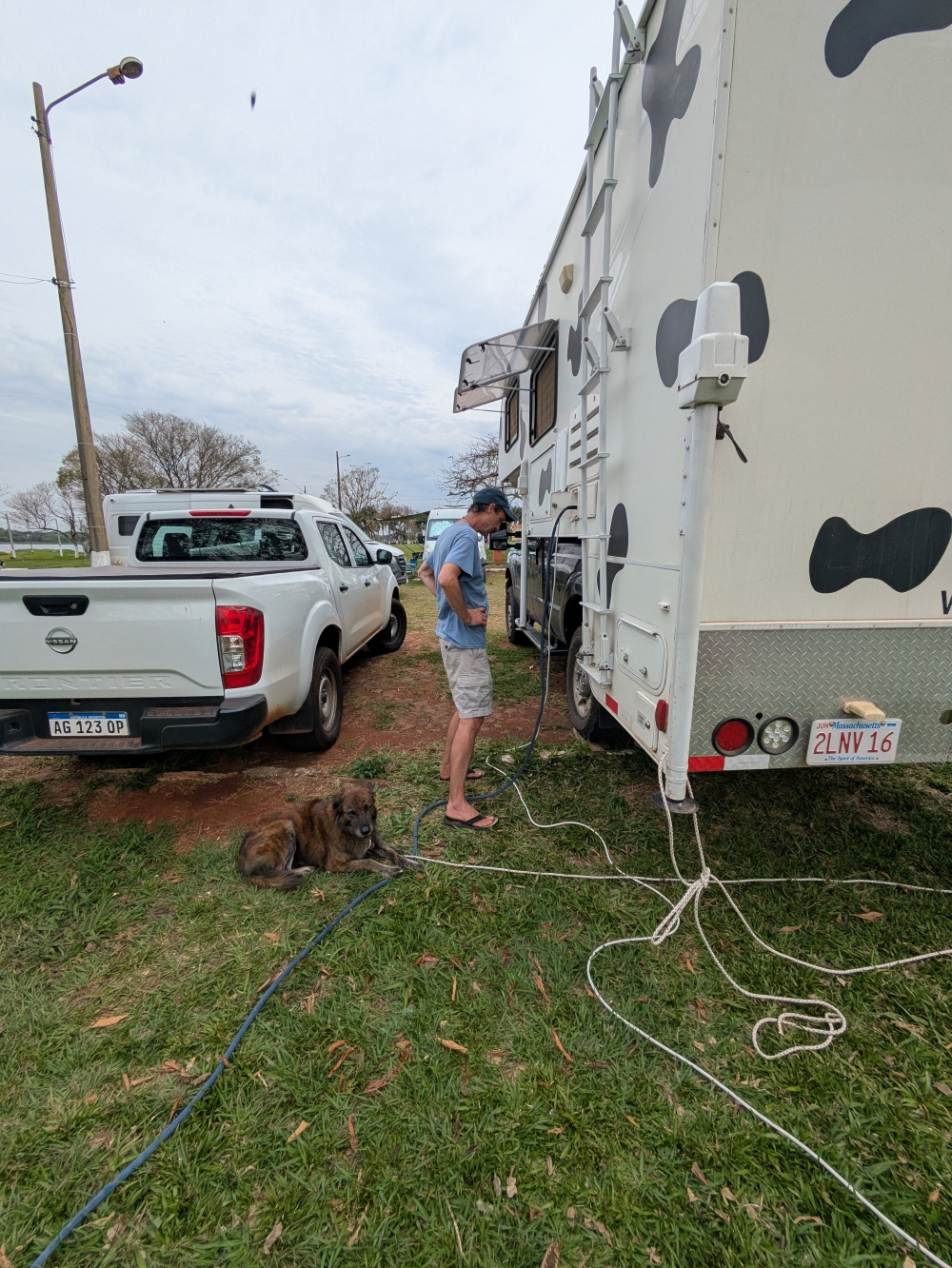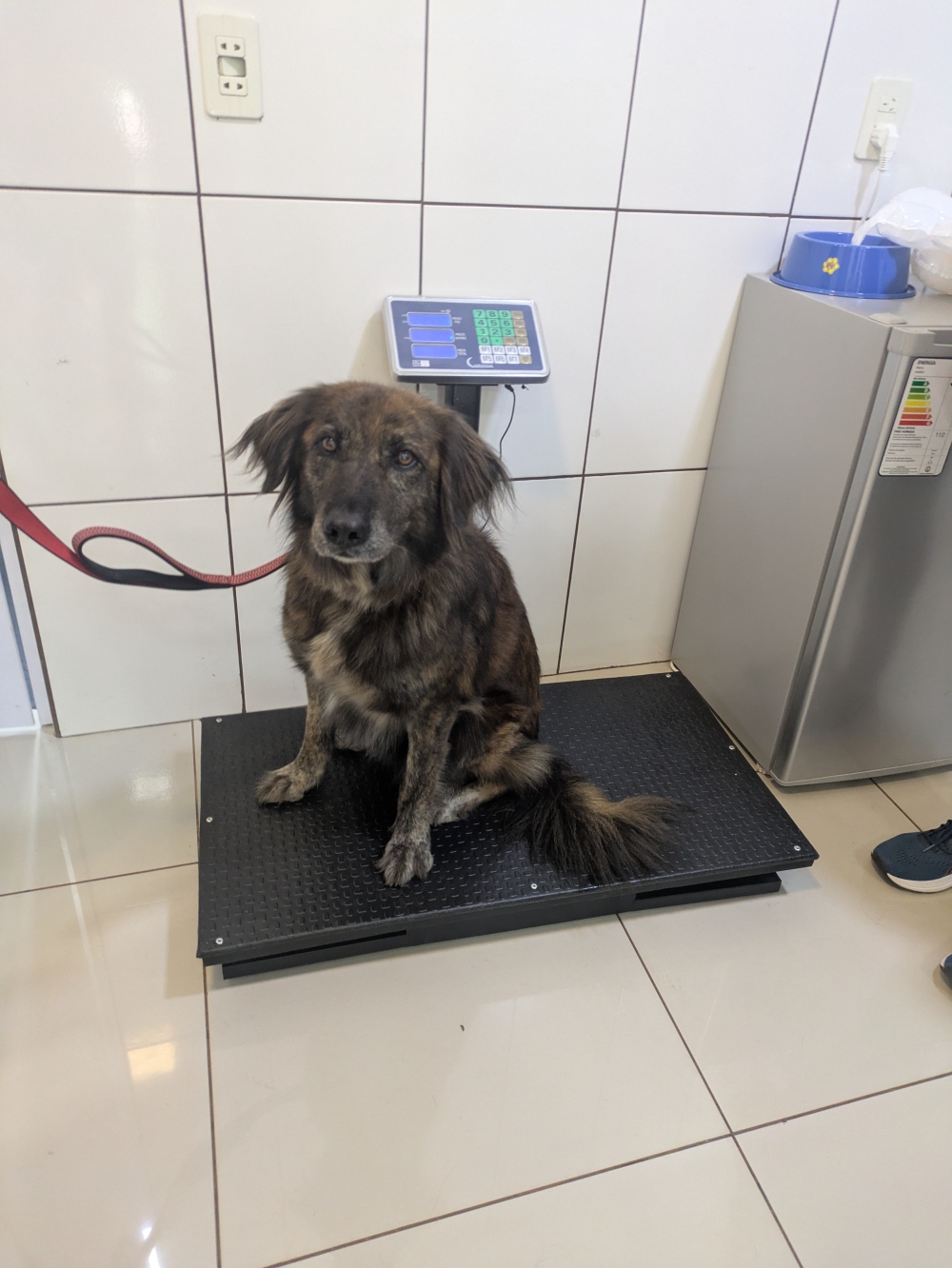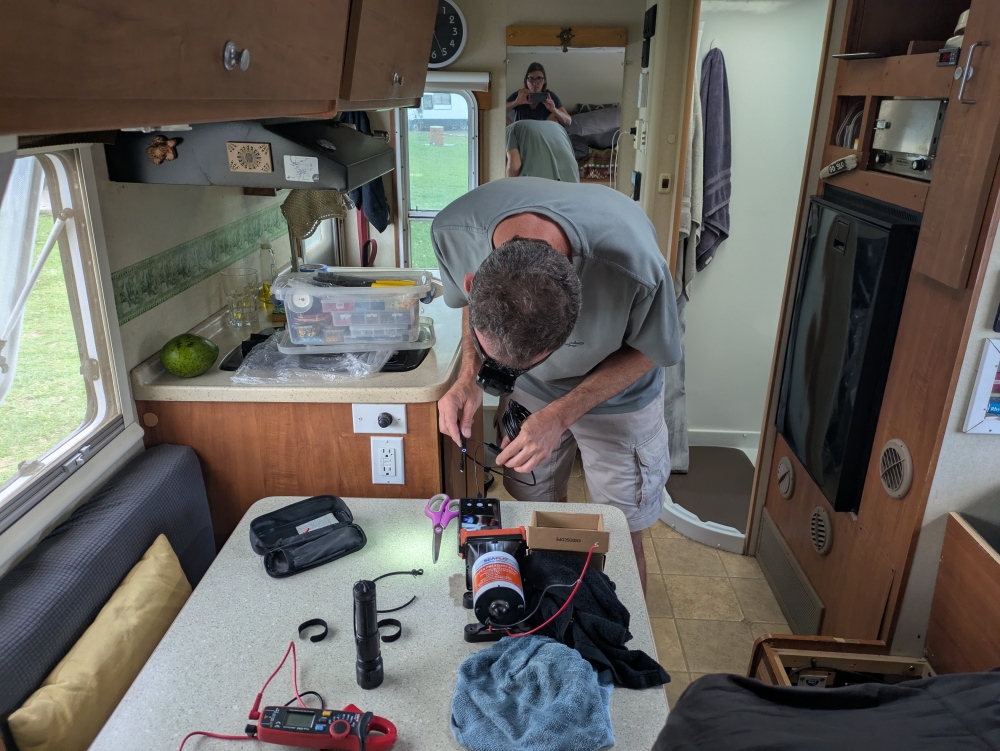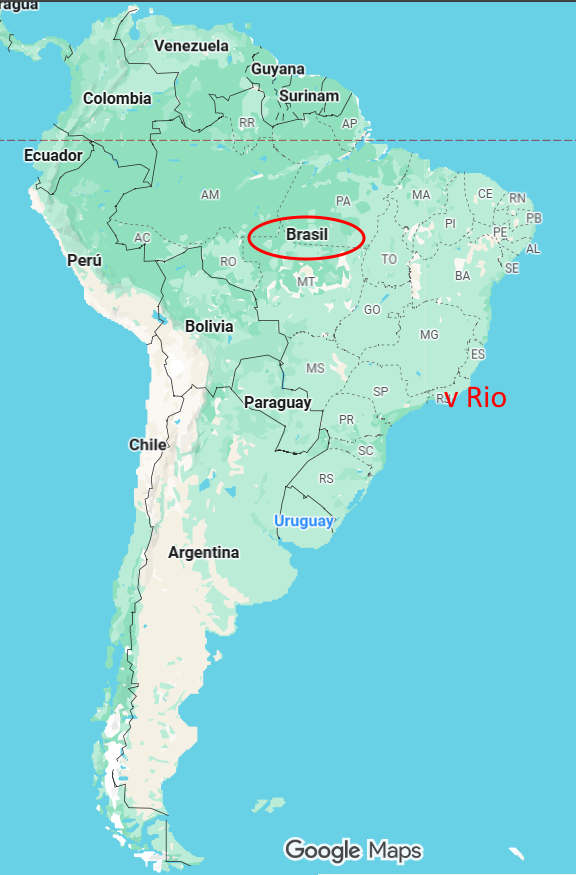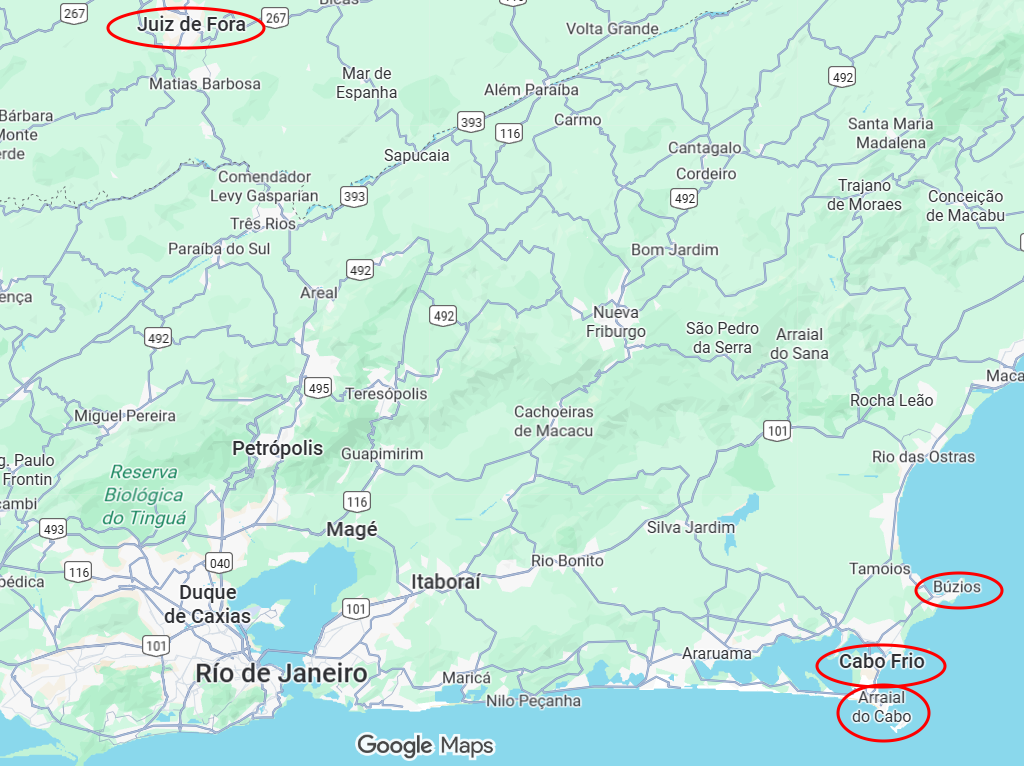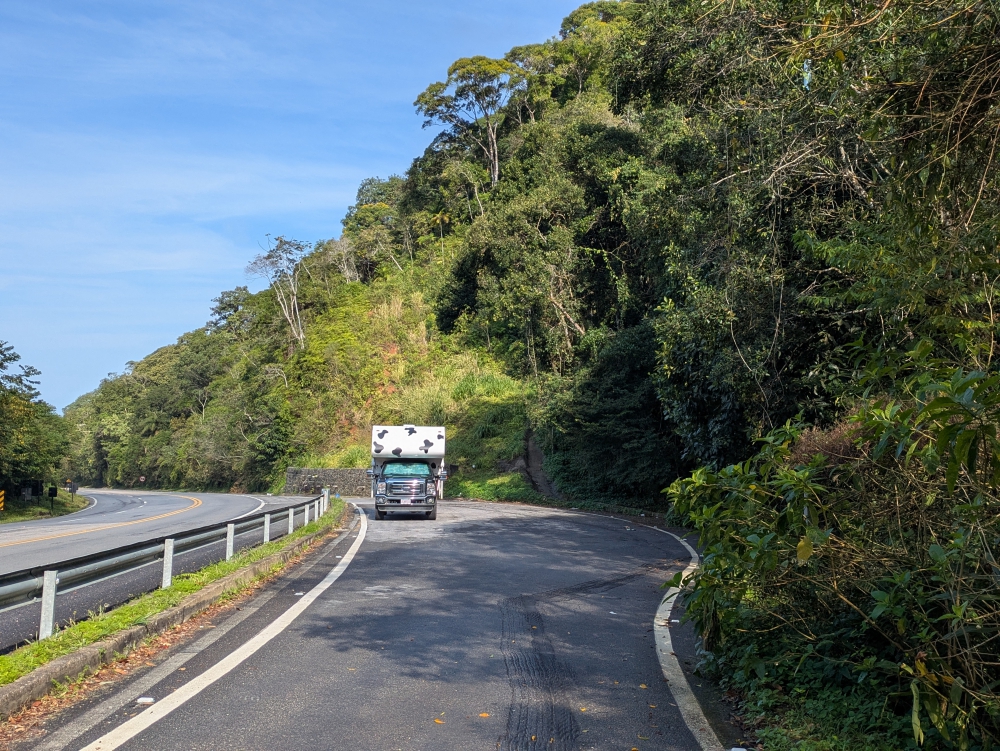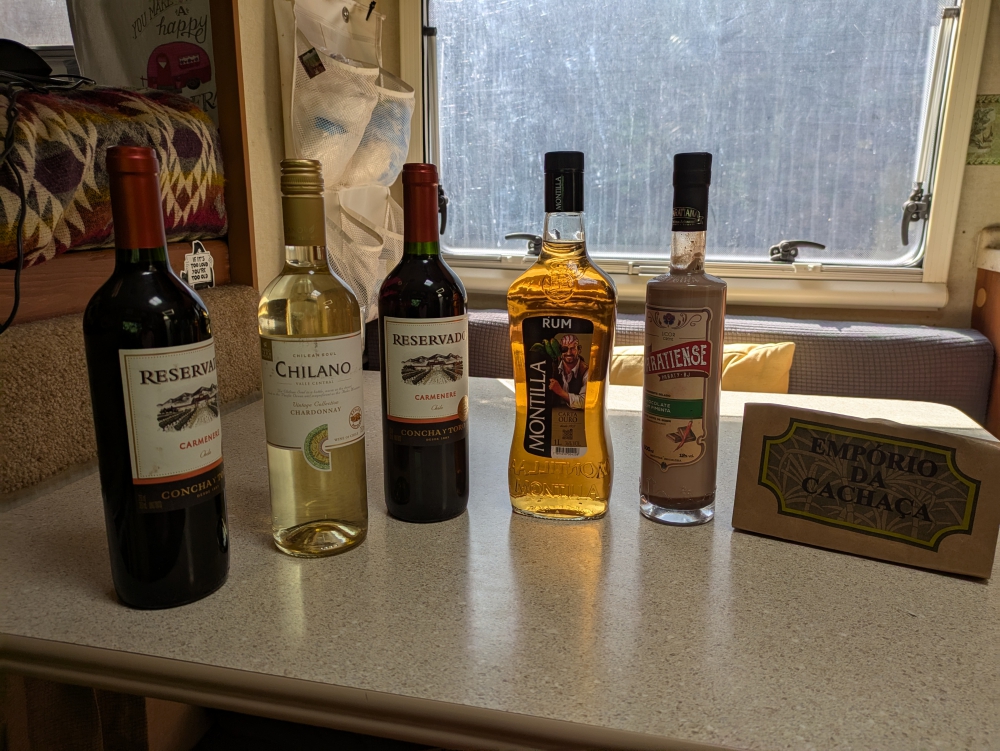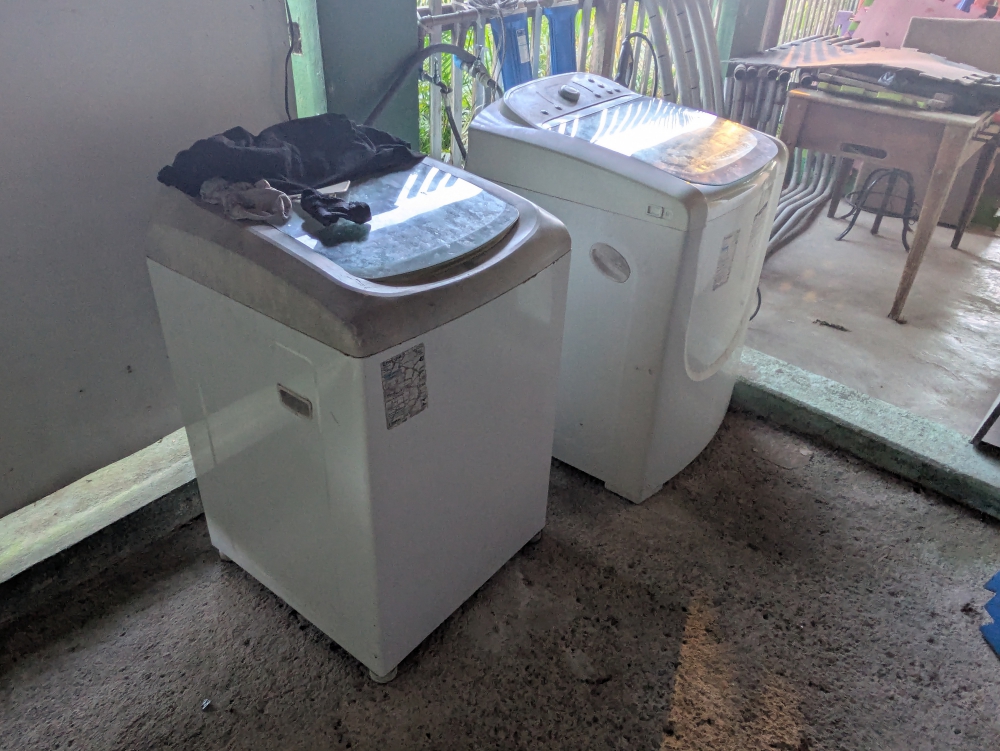
Every month, I post a report of our expenses to show that it is possible to live a comfortable, exciting, and adventurous life without breaking the bank. The less money you spend, the less you need to make. 🙂
This report includes ALL of our expenses, in US$, for two adults and one 60-pound dog (we adopted Maya on June 4th, 2019). Under groceries we incorporate food, produce, and non-alcoholic drinks predominantly bought in supermarkets. Toiletries belong in that category as well. Dining out means eating at a restaurant/event or purchasing take-out food. The health category covers non-prescription medicines and vitamins/supplements; medical contains prescription drugs and doctor’s visits. Because of our income level, Mark and I are eligible for free health care within the state of Massachusetts. For check-ups and extensive care, we return to the US East Coast. Other health issues are resolved locally and out of pocket where needed.
In November, Mark, Maya, and I drove short distances to check out a couple of Vario vans in Central Chile and to run errands, but we mostly waited around in our home on wheels, Thirsty Bella, until her new owners showed up. And I made a “little side trip”!
Our expenses were all but usual, with some big hitters, namely my five-day birthday escape to Rapa Nui (Easter Island), buying two one-way flights from Santiago, Chile, to Boston, USA, and a pricey Airbnb for our last three weeks on the continent. I will share that final expense in the December 2025 report.
(As always, hover over or click on photos in galleries to read their captions.)
Therefore, the highest category in November was travel ($1,050), which accounted for those plane tickets to and from Rapa Nui ($566) for me and the one-way flights to the US for Mark and me ($484 – we used points for the other half of the cost).
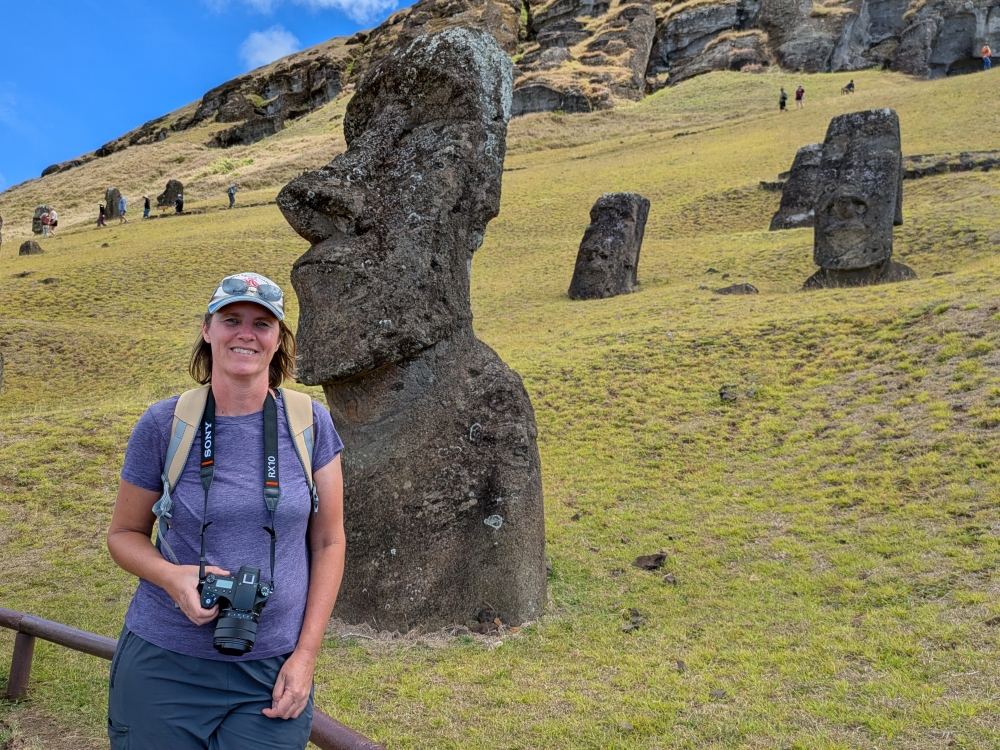
Posing by a group of moai at the quarry site
A few weeks after booking our US plane tickets, the price dropped by $250, so we dealt with the headache, frustration, stress, and time sink of eventually receiving credit back and rebooking the same flights. Since these are airline points, they didn’t make this expense cheaper, but we now have extra credit for future flights. That’s how we stay busy!
The grocery category was average at $354. We started to finish off staples, knowing that we’d move out of Bella at the beginning of December. Meals were mostly planned around “getting rid” of stuff.
Finally, our car was not the priciest item of the month. Our drive to Pichilemu from the capital was the furthest we ventured and, of course, we had to return, run errands, and leave enough gasoline for the next owners.
We also spent $22 on Chilean tolls and $18 on a 24V Mercedes Vario OBD adapter that we never used. We have our own 12V scanner, but this didn’t fit into the console of the grey Vario, so we managed to order a 24V adapter for our scanner with the help of friendly locals to check the red Vario we planned to pursue but eventually never did. Unfortunately, it’s impossible for foreigners to order parts online on most websites due to not having a RUT (local identity number), a local credit card, and a local phone number.
The $240 entertainment price tag was mostly mine, apart from a cable car ride for our trio in Parque Metropolitano in Santiago on my birthday ($7). I also bought a discounted eBook written by an author friend ($1).
The national park pass on Easter Island went up from $75 to $102 right before I arrived, and I booked three tours with the rest of the money in this category. While initially appalled at the high entrance fee required to access most of the island, I thought it was all worth it in the end. I will post a separate blog about this magical experience.
Likewise, the close to $200 “we” paid for accommodation went to my four hostel nights in Hanga Roa, the capital of the island and its only town. It was expensive for what it was. I slept in a private room with a shared bathroom.
Trying to save money on my “little side trip,” I only ate out once for about $15. The rest of our dining out category went to glorious French food on my actual birthday and a few other restaurant meals, like a local lunch and take-out Chinese.
Almost all of our meals were prepared at home.
I was early this year with my Christmas gifts! As always, I created personalized photo calendars for my closest family members and managed to get these to them a month early, because I had time and our best group shots of 2025 had been collected already. Plus, I had no idea what December would bring…
At $64, our monthly Starlink subscription went up again with the Argentinian peso. Half of this amount is paid by us and the other half by our freelancing business. Because we failed to top up our propane tank in Argentina before crossing into Chile and we wanted to leave a full bottle for the new owners, we made the effort to get it filled at a professional outfit in Santiago. It was the most expensive, but the most efficient propane fill on the entire continent! Potable water top-ups were free as usual.
Since we had to empty our camper cabinets, including our alcohol stash, we only spent $40 on this category in November. No complaints here!
I had forgotten to incorporate transportation to and from the airports in my Easter Island trip budget, so I had to skimp in other areas (like dining out). I used an InDrive taxi ($14) to reach the international airport of Santiago when I left and a shared van ($10) upon my return.
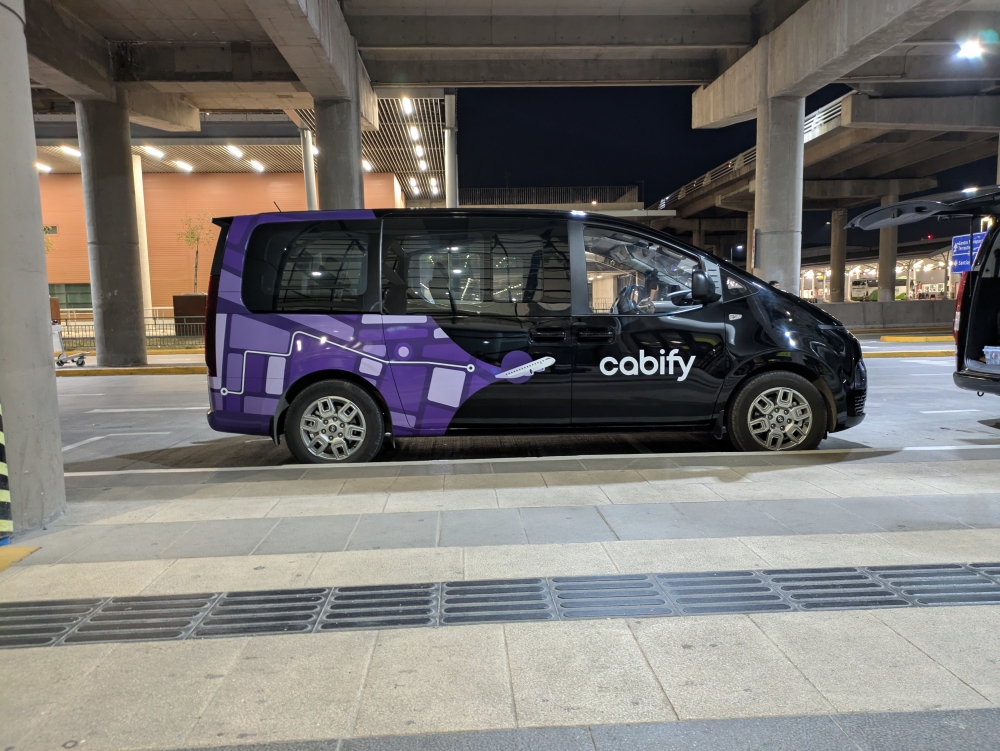
Waiting for an hour at the airport to take a shared van back home
On the island itself, I walked the 30 minutes from the airport to my hostel (I only brought a small backpack as a free personal item) and lucked out with a free ride back from the owner because he needed to pick up paying guests at the small airport building before I left.
I wanted to buy a few small souvenirs ($16) on Rapa Nui, because it is such a special place, and Mark needed more allergy medicine and a fresh asthma inhaler ($6) while in Santiago. These made up the miscellaneous category.
The drinking out category shows zero, because the only time we enjoyed a few cocktails at a restaurant was on my birthday and they were covered by my best friend Rosie. Thank you!
We boondocked (wild camped for free) the entire month and didn’t spend money on laundry, because I did a few loads by hand in the beginning of November and we saved the dirty clothes and linen from the second half of the month to wash at our Airbnb, which came with a machine.
And that almost concludes 2025. It was a very expensive month, but if you consider that $1,068 of our total of $2,487 went to my five-day vacation on Easter Island and another $484 was spent on plane tickets, November was actually quite cheap at just $935 of normal living expenses. We shall see what the future brings…
November 2025 Overview:
Travel (plane tickets to Easter Island and Boston, MA):
Groceries:
Car (fuel: $237; tolls: $22; Vario part: $18):
Entertainment:
Accommodation:
Dining out:
Gifts:
Utilities (Internet: $32; propane: $30):
Alcohol:
Transportation (airport taxis Liesbet):
Miscellaneous (souvenirs):
Medical:
Drinking out:
Laundry:
Camping:
TOTAL:
$1,050
$354
$278
$240
$198
$150
$69
$62
$40
$24
$16
$6
$0
$0
$0
———
$ 2,487
(It might be easier to read the table when turning your device in the horizontal position.)
Find all our expense reports here. To learn what other full-time nomads spend, check out the blogs of our nomad friends Duwan and Greg at Make Like An Ape Man.
Next up: Our last month of Chilean and South American travels in Thirsty Bella!
If you are enjoying these posts, please consider donating to Roaming About in support of our website and lifestyle. A big thank you to all our readers who have helped out in the past!














































